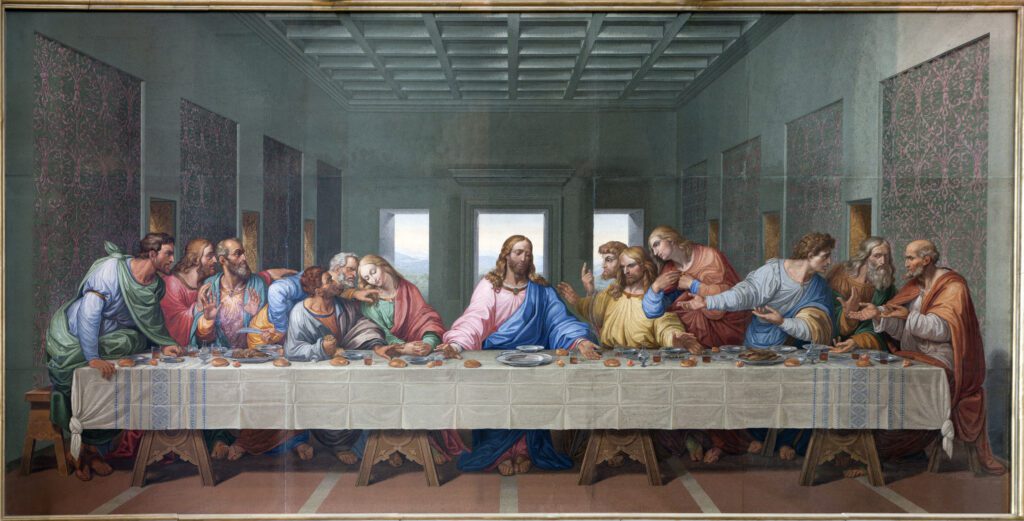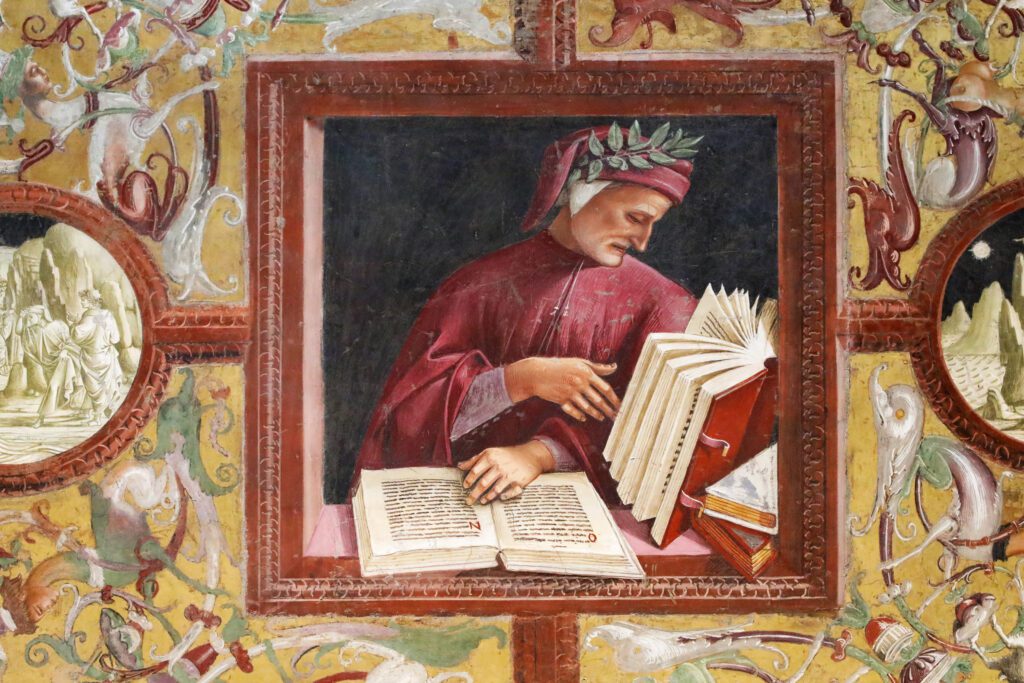
Expanding our Love
What do we mean by Real Love? Is Real Love even possible? Can I learn to love? Can I teach my children to love? Where do I start?
To generate good thoughts, to bring a state of calm and peace to our homes, offices and places of recreation: How can we do that?
An ancient teaching gives us some insight. It dates back hundreds of years. It was brought from Europe to America in the 1920s, when a young immigrant from Italy brought to Argentina the wealth of knowledge he had received from an esoteric order that had been in existence since before the great renaissance in Spain when Jews, Muslims and Christians lived together in Cordoba, Spain, recognizing the essential truth of religions: Love is the answer. Love is the only way.
Love is the answer
How can I unfold love? Isn’t this really what the world needs now? Where do I start?
Thoughts have energy
We’d like to introduce you to a small but powerful book of teachings called Spiritual Unfolding, by Santiago Bovisio. Feel free to download it. Written in the 1930s at a time of war and crisis, it is as relevant today as it was then.
We’ll actually share part of this ancient and universal wisdom here in the hopes that it reaches you, our readers, and brings you the same hope that it has brought so many of us.
Translated from the original Spanish:
Love is a force in the universe
Although the word love is on everyone’s lips, can be said in any language and is expressed in all forms, very few persons would know how to give an exact definition of love. Actually, love is the divine essence of life and sprouts anywhere, like the sudden brilliance of a lightning flash on a stormy night.
The heavenly bodies and planetary chains move because of love; because of love, the flower in the field shows its corolla on spring mornings. No one can escape the bewitchment of Real Love which is, in one way or another, the aspiration of all created forms.
All life comes from love
Who can speak of love?
Which words are worthy of such an excellent quality?
Every phrase seems poor in the presence of the magnitude of this ferment of life. It is only known that there are different degrees of love.
In spite of the very different forms and innumerable shades of love, sages and clairvoyants have always been unanimous in saying that love is expressed in twelve rays. The Wheel of the Heart has twelve resplendent rays, doubtlessly to indicate the twelve degrees of love.
An ancient Rosicrucian text, known only to the seven members who constitute the Sacred Brotherhood, says that the twelve degrees of love correspond to the figures represented in Leonardo da Vinci’s painting, “The Last Supper.”
This text says that Jesus, placed in the middle, symbolizes Divine Love. The Communion represents the Divine Love that is given to human beings. The face, style of dress, and expression of each of the twelve disciples show the twelve rays of love, from the passionate and criminal appearance of Judas Iscariot to the very smooth look of John the Evangelist, who rests his head on Jesus’ breast. The text also states that da Vinci explicitly left the Savior’s face unfinished because it expressed Supreme Love and therefore could not show definite traits.

The twelve rays of love show us the process of human unfolding
Love is expressed in multiple ways in each ray; at the same time, in a single stage of unfolding of one per son, several rays of love can be distinguished. Each soul can recognize the stage of her unfolding according to the ray of love that predominates in her life. To the degree she has advanced, the soul begins to understand the rays of love that she is unfolding and learns to control how they express them selves. She thus qualifies herself to fulfill a new ray of love.
A ray of love is surpassed when it is transmuted into another, more spiritual ray. The instinctive love which moves a mother to hear only her child opens the door to the possibility of loving and caring for all creatures. The instinct that motivates one to preserve life at any cost is transformed, through spiritual unfolding, into abnegation and sacrifice for the good of others.
Each ray fulfills an objective in the human being’s unfolding. Progress is not attained by combating aspects of love, but in understanding them and transmuting them in a love which is increasingly more noble and encompassing. In other words, a love which includes increasingly more and excludes increasingly less, until it is transformed into Real Love.
At the beginning, love is instinctual
The first ray of love is the animal instinct that promotes the preservation of the species. As if they were being absorbed by a powerful whirlpool, the various types of animals and human races struggle in a crazy rhythm; fighting, killing, and even dying out of this intense desire for self-preservation, for survival throughout the age.
Everything perishes, but flesh struggles desperately, to its last breath, to preserve itself. It is thus that the thousands and thousands of heavenly bodies which fill space are maintained by that magnificent and unconscious desire to be. All is moved by the same force: love.
The second ray of love is defensive and develops the individual’s consciousness of self. Defensive love extends to the boundaries that demarcate the defender’s needs: defense of oneself, one’s progeny, one’s food and all that is indispensable for one’s life.
The primitive aspects of defensive love are not necessary at society’s present level of unfolding; on the contrary, they are a cause of ruin, destruction and death. Nevertheless, defensive love grew such powerful roots that human beings are not yet able to disattach themselves from it.
Love then becomes limited to groups, clans, countries
Families, clans, nations and codes were formed for the purposes of defense. So were the societies for protection and mutual aid.
When human beings feel relatively secure and protected in the environment they have created, they direct their animal love to the third ray of love: the love of their own body.
Love of the body is undefined, mysterious and subtle. From the moment in which a child sees him or herself reflected in the water of the fountain or the mirror at home, he experiences that shudder, sometimes subconsciously shameful, of self‑attraction. It is as if he encountered someone who is not him and yet whom he has nevertheless sought all his life; it is a morbid satisfaction, a definite descent to matter.
Sometimes selfishness creeps in
In time this love becomes increasingly stronger and more selfish, especially in those who do not find a more elevated object for their life. The continuous fear that the body is not well cared for, cherished, pampered, can become an obsession. Nothing is enough to satisfy one’s own body. It is a blind love that turns individuals into slaves of their flesh.
What can be expected of such an intense love of the body but the entry into the fourth ray of love, which seeks to give the body all the animal pleasures of life? In this ray of love the human being finds satisfaction only in his/her own gratification. The incessant desire for instinctual pleasure leaves no room to seek happiness for other beings or to cooperate with them. These curious aspects of love appear in persons who do not think of giving pleasure outside themselves but are only interested in satiating their own appetites.
Animal love is indispensable for life; the vegetable and animal species are preserved because of it. But any aspect of this love drags the human being firmly to the animal and inferior life and separates him from the Divine; for he possesses discernment and free will.
The fifth ray of love motivates individuals to feel for others what they feel for themselves. They admit that the happiness and pleasure of another can also be their own pleasure and happiness. They discover that they are not the only ones who feel, suffer and love, but that other beings also experience these same feelings.
Affection grows
This love is already human and promotes expansion, communication and reciprocal affection. When individuals experience joy, they subconsciously experience even more joy because they perceive that their pleasure is the heritage of the whole species. This leads them to respect their fellow human beings, to understand their physiological needs, to shelter and protect them.
In the sixth ray love becomes attractive. Dante described this in unsurpassable words: “Amor che a nullo amato, amar perdona.” That is, love demands love.

Lovers want love for themselves and for their beloved. Although the circle of their affections is very reduced, sometimes so small that it holds only one person, for them it is everything. For this love they struggle, work, suffer and even know how to die. They cannot tolerate anyone to take away their affection and, when it is not requited, they yield to despair, hatred, and may even kill.
In the seventh ray, human love is extended to several persons, and can come to encompass a whole group. Human love seeks broader horizons and attempts to transform itself into Real Love. In other words, the individual yearns for his or her love not to end, not to die, for this person begins to understand the old saying, “The love that dies is not love.”
Caring for others
In this ray of love individuals project their love through their children. They love their children, the fruit of their pleasure. Although they know that the affections generated by instinctual attraction will end sooner or later, they also know that their love will survive in their progeny and will increase generation by generation, following the inherited bloodline.
In the eighth ray, human love becomes compassionate. Individuals suffer for sorrows outside themselves and wish their well‑being could be experienced by everyone in their country. Although they want good for themselves above all other things, they admit the need for good for others. They protect those who arouse their sympathy, help those of their race, favor those who praise them. Although they do not pardon those who oppose them they do all the good they can, always when it accrues to their own benefit and satisfies their self‑love.
But human love —which is relative, as is anything that has form— is not Real Love. Only divine love is Real Love.
The ninth ray of love is divine. One loves for the sake of loving, one gives for the sake of giving, without expecting anything in return.
How can we make distinctions between one another if all have come from the same divine Essence? And surely we all must return to It? What does it matter if one’s love is not requited?
The whole flame of love is in the one who loves. Those who are truly devout experience that love. They are filled with love for God and for all humankind.

Friendship is powerful love
Thus one arrives at the tenth ray of love. If divine love is so sublime, how wonderful that love is when it focuses on a human being! True friendship is found at this degree of love. One does not need anything else to feel joy and plenitude but to see the loved one happy. That is true friendship. Friendship is so elevated that it can even mean the sacrifice of one friend for another.
A great teacher once said:
“True love does not say, `Out of sight, out of mind.’ Rather it is a love which is always invariable. Whether one is near or far, in life or death.”
In the eleventh ray, divine love becomes ecstatic.
There is no longer any measure between one love and another, between one form and another. Any expression of love, even the smallest and most insignificant, ignites a flame in one’s breast. It is as if it merges the soul in divine love through ecstasy.
The beauty of the sky and a bird in flight caused the child Ramakrishna to fall into ecstasy. St. John of the Cross, seeing a child in the street, remembered the beauty of the Child Jesus. It moved him to such an intense ecstasy of love that his face lit up as if in flames.

We are spirit
By the road of the heart, the twelfth ray divine love restores the ecstatic soul to the primary source. That is, the primary and universal source from which sprang the first expression of life. One becomes motivated by eternal love. Real Love merges the soul with the Divinity. This becomes so true that it is difficult to point to the boundary between the Manifest and the Unmanifest.
Even in this sublime state, the words of the Indian philosopher may be remembered:
“Love is the beginning and the end of the Road.”
Read the original teaching in Spanish or English by clicking here.
About the Author(s)
Longtime teacher, now trying my hand at writing. Especially dedicated to people's real-life experiences.
Editor of collection of bilingual poetry, published by Cafh Foundation: Landscape of the Soul: Poems of Community and Hope by Hipólito Sánchez.
Translator of Living Consciously and Words Matter, by Jorge Waxemberg.





